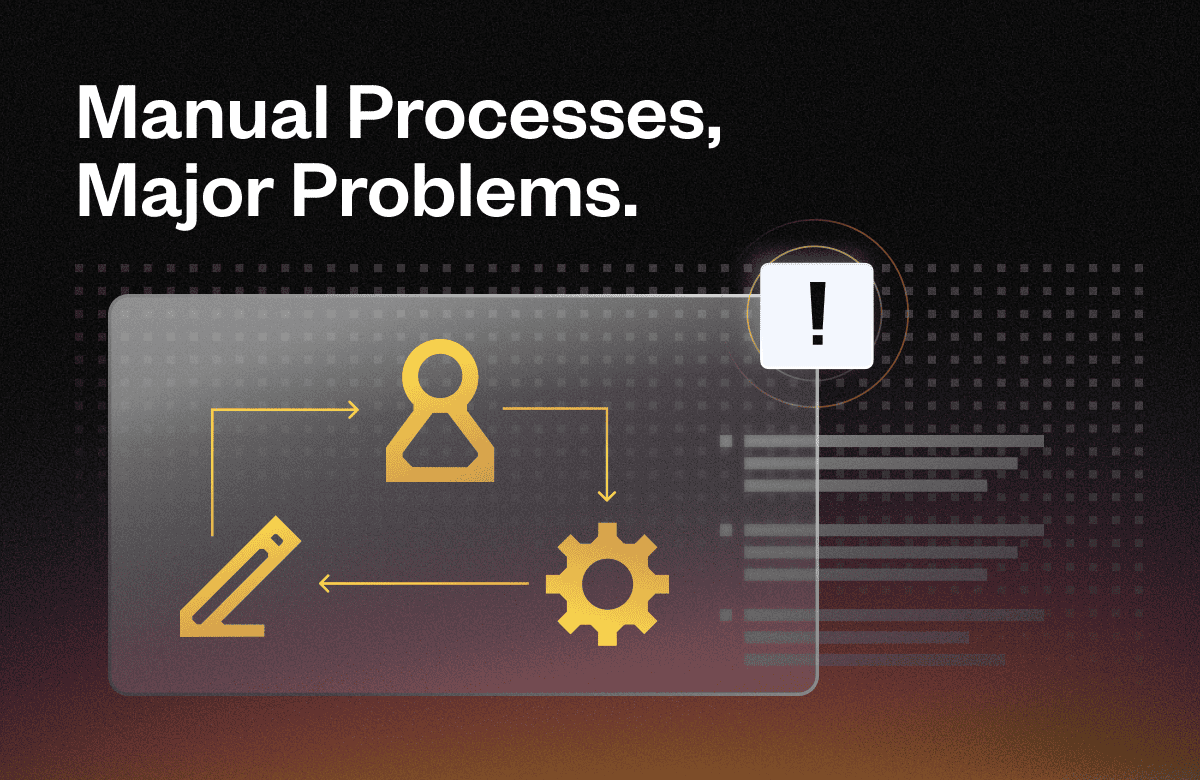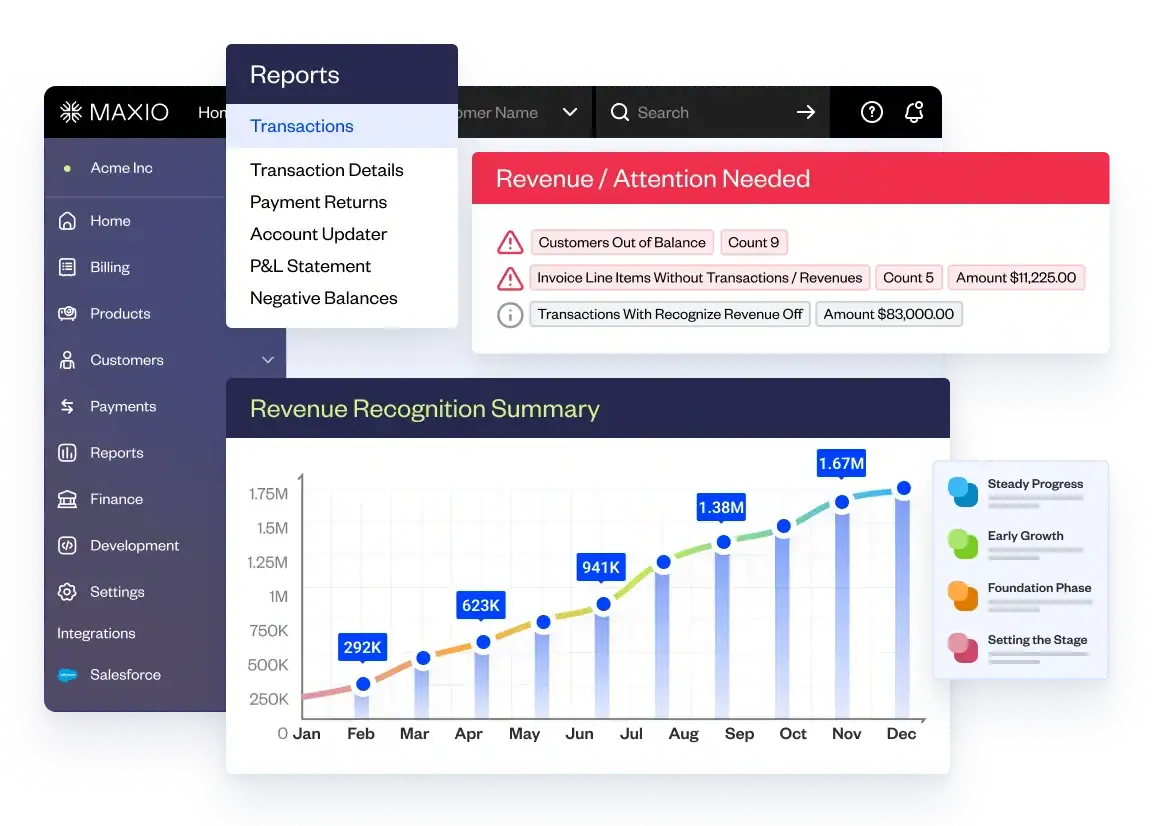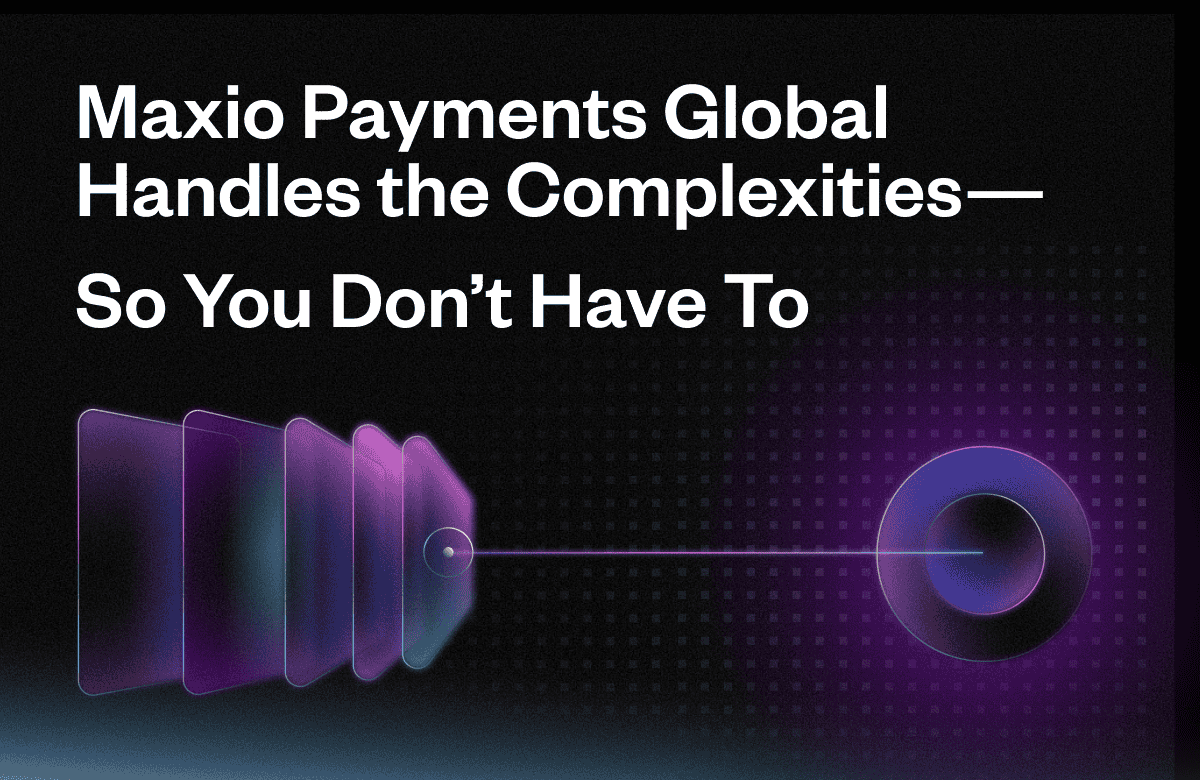The Cost of Chargebacks—Beyond the Obvious
Chargebacks are a reality for any SaaS business operating at scale. They’re part of the price of doing business—but what many finance teams don’t realize is just how much these disputes are quietly costing them.
Beyond the obvious losses, the hidden costs—time, labor, compliance risks, and cash flow disruption—pile up fast. If your team is still managing chargebacks manually, you’re likely paying a much higher price than you think.
Manual chargeback management isn’t just a burden on operational resources—it’s a drain on company growth. As businesses look for ways to scale efficiently, outdated processes around disputes can quietly stifle progress, reducing profitability and straining already overworked finance teams.
The Common Pain Points of Manual Chargeback Management
Fragmented Visibility
- Dispute data scattered across systems makes it harder to spot patterns and react quickly.
- Teams lose valuable time toggling between payment processors, CRM systems, and financial software.
Manual Investigations
- Finance and support teams sink hours into gathering evidence, responding to disputes, and reconciling outcomes.
- High-value employees spend time on low-value, repeatable tasks instead of strategic initiatives.
Cash Flow Disruption
- Chargeback holds and delayed recoveries directly impact available working capital.
- These delays can disrupt forecasting and budgeting, creating downstream financial challenges.
Poor Reporting
- Without centralized reporting, finance teams miss insights that could prevent future disputes.
- Identifying chargeback trends is nearly impossible when data is siloed across systems.
Compliance Risks
- Disorganized documentation can lead to failed audits and regulatory penalties.
- In industries with strict compliance standards, incomplete chargeback records can expose businesses to significant fines.
Why Manual Processes Cost More Than You Think
When your finance team spends dozens of hours each month manually managing chargebacks, it’s not just operational inefficiency—it’s a hidden tax on your company’s growth.
- Time: Manual dispute resolution can take 30–60 minutes per case. Multiply that by dozens or hundreds of disputes, and the hours add up fast.
- Labor: High-value finance and support resources are diverted from strategic projects—costing your company in opportunity and productivity.
- Revenue Risk: Poor chargeback management can lead to higher dispute loss rates, which means lost revenue and potential customer churn.
But there’s another layer to consider: when a chargeback is issued and the funds are returned, the commercial relationship itself is called into question. Do you still have a valid agreement with that customer? Should that transaction remain on the books? These aren’t just back-office concerns—they raise important questions for both finance and sales teams. Without a streamlined way to loop in commercial stakeholders, businesses risk misrepresenting financials or continuing to recognize revenue on invalid contracts.
The ripple effects are clear: inefficient chargeback processes drag down growth by increasing operational costs, reducing cash flow, and making financial reporting less reliable.
How Maxio Payments Global Streamlines Chargeback Management
Maxio Payments Global is designed to bring more structure and clarity to a traditionally fragmented and manual process. Instead of chasing disputes across systems, finance teams can manage the entire chargeback lifecycle more efficiently.
Centralized Dispute Management
- Helps organize all disputes in one system for easier tracking and resolution.
- Reduces time spent toggling between platforms and manual tracking.
Guided Processes
- Provides structured workflows to standardize evidence collection and dispute resolution steps.
- Reduces inconsistencies and helps ensure that teams meet response deadlines.
Organized Documentation
- Keeps audit-ready records accessible and easy to retrieve.
- Helps businesses maintain compliance with industry and regional regulations.
Improved Reporting Visibility
- Offers access to dispute-related reporting and trends.
- Helps finance teams identify root causes and proactively address recurring issues.
Reducing Hidden Costs by Working Smarter
Chargebacks aren’t going away. But how you handle them can mean the difference between a slow bleed on your resources and a more proactive process that protects your bottom line.
With Maxio Payments Global, finance teams get the tools they need to handle chargebacks more efficiently—freeing up time, improving cash flow, and reducing risk.
If your finance team is spending too much time and money managing chargebacks manually, it’s time to rethink your approach.
Ready to take charge of chargebacks? Schedule a demo to see Maxio Payments in action.






